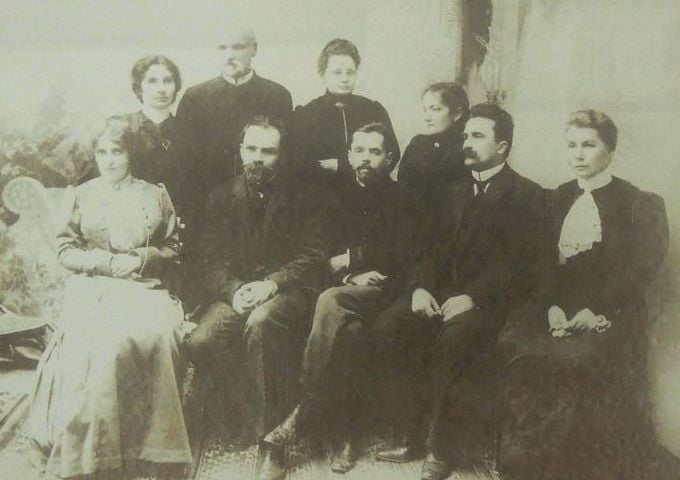– The wooden workmanship at the Byzantium
The centers of the Byzantine wooden workmanship which is not widely known are Istanbul, Antakya and Iskenderiye.
Today, there are very few examples left by the masters trained in these centers.
The wooden workmanship is one of the field of the Byzantine art which is not thoroughly studied. The wood suitable to be treated was engraved and ornamented with decorative motifs and they were used as furniture in the houses of rich people and as small objects in the other ones.
There were artisans dealing with carpentry nearly everywhere in the empire but the artisans of wooden carving were trained in the centers such as the capital Konstantinopolis (Istanbul), Antiochia (Antakya) and Aleksandria (Iskenderiye). It’s observed that the carving becomes an industry in these centers. We know that the artists were using tools such as adze, saw, chisel, drill and axe. Unfortunately today, there a few examples left from these wooden pieces of work. Certainly, the reason of this fact is that the wood is a material very sensible to the outside effects such as fire and humidity.
The piece of work in Berlin
Wooden workmanship Byzantium – A wonderful wooden plastic piece of work presumed to be created by the Byzantine Christian masters dwelled in Egypt is exhibited in the Berlin Museum. This wooden piece of work which is the oldest wooden plastic still remaining today is dated to the 4. Century by the famous Art Historian Josei Strzygowski who had presented the piece of work to the scientific world.





